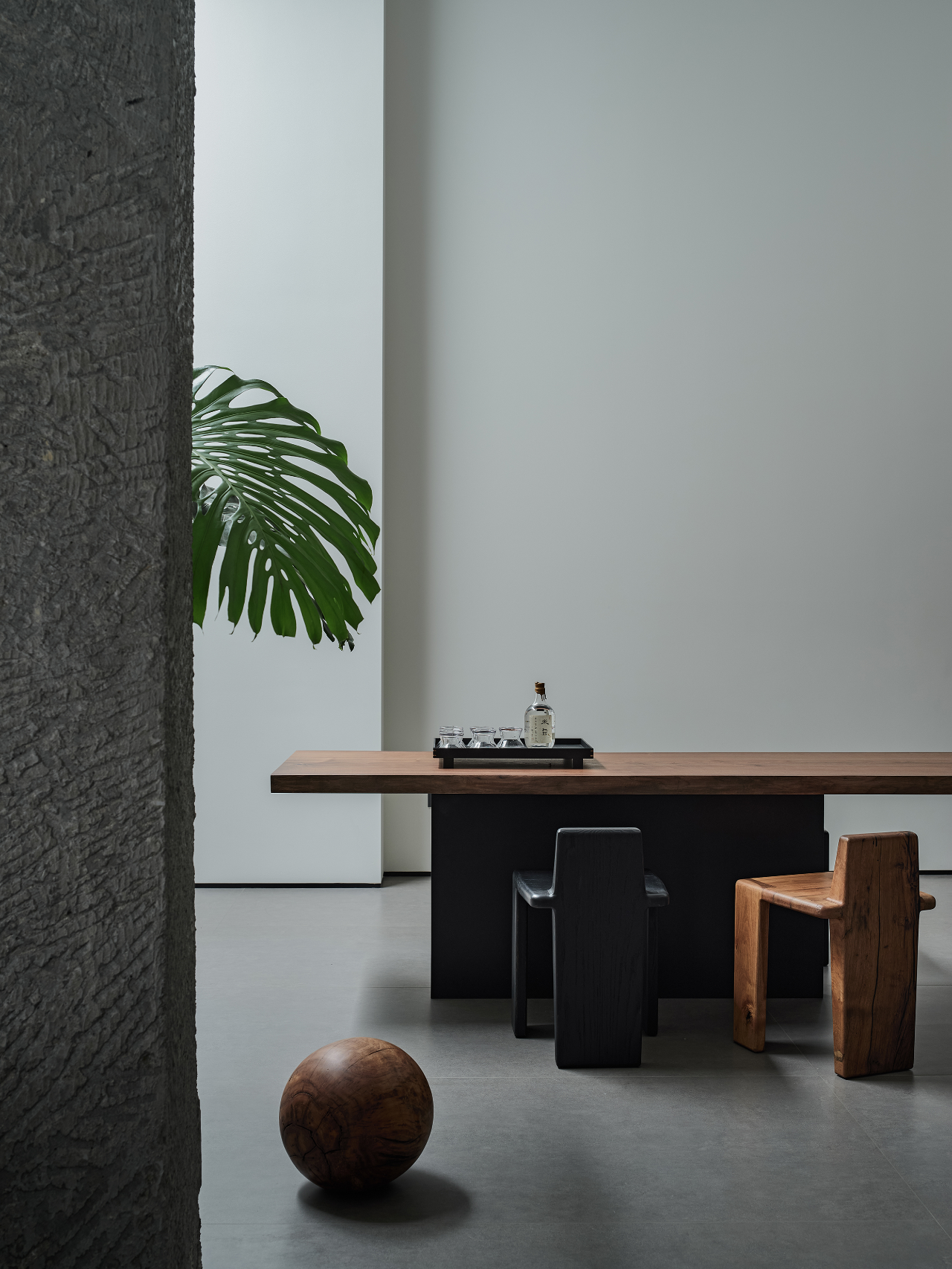Nursery +E In Marburg Opus Architekten
2015-06-12 03:00
© Eibe Sönnecken
(C)埃贝·桑纳肯


架构师提供的文本描述。只有一所很大的大学-马尔堡就是这样被描述的。飞利浦大学成立于1527年,是该市的主要雇主。开展了研究项目,发展了创新,并为整个区域提供了动力。当涉及到体系结构时,可以发现一些渐进的早期项目。因此,在19世纪,维托斯·克利尼克(VitosKlinik)是以亭式建造的,以适应精神病学改革的概念-作为德国的一个原型。这些病房不是把诊所安置在一个大的建筑群里,而是分布在几座被花园包围的建筑物上。在诊所的重组过程中,旧的建筑和地区变得空置,城市再次呈现出一种非常规的方式。
Text description provided by the architects. Just one huge university - this is how Marburg could be described. Philipps University founded in 1527 is the city's major employer. Research projects are conducted, innovations developed and impulses for the whole region given. When it comes to architecture, there as well progressive earlier projects can be discovered. Thus, in the 19th century, the Vitos Klinik was built in pavilion style to suit the concept of the psychiatric reform - as a prototype in Germany. Instead of situating the clinic in a large complex, the wards were distributed over several buildings surrounded by a garden. During the clinic's restructuring, old buildings and areas became vacant and the city once again showed an unconventional approach.
© Eibe Sönnecken
(C)埃贝·桑纳肯


虽然这些场地以前是封闭的,但现在是开放的,并与住宅、学校和日托混在一起。因此,精神病院也成为日常生活的一部分,以减少对接触的恐惧。与往常一样,如果这个问题是在开发绿色区域,就会对这些空置用地的规划进行讨论。然而,那些负责的人保证他们将通过尽可能低密度的发展来保护公园的氛围。此外,历史建筑结构将得到保护和改造,以供新用途。这一目标的一个成功例子是由达姆施塔特办公室Opus Architekten设计的e儿童日托中心。它建在历史教堂以西的一片倾斜的草地上。由于底层部分被建在斜坡上,这座紧凑的两层建筑以其折叠的玻璃正面朝向草地和多层折叠式屋顶吸引了人们的注意。这一引人注目的外部形状导致了很高的识别价值-这不仅是因为设计的原因,而且也是为了创造出一座充满能量的房子。例如,投影正面的折叠使集成太阳能组件的最佳对准成为可能,并增加了太阳活动表面。
While, formerly, the grounds were closed, they are now open and intermixed with residential buildings, schools and day-care. The psychiatric facility thus also becomes part of the everyday life to reduce fears of contact. As usual if the issue is developing green areas, discussion arose about the plans for the vacant sites. However, those responsible assured they would preserve the park atmosphere by planning as low-density a development as possible. In addition, the historic building fabric was to be conserved and converted for new uses. A successful example of this objective is the +e children's day-care centre designed by the Darmstadt office Opus Architekten. It was built on a sloping meadow west of the historic chapel. With the ground floor partly built right into the slope, the compact, two-storied building attracts attention with its folded glass facade towards the meadow and the also multiply folded roof. This striking exterior shape results in a high recognition value - not only for reasons of design but also to create an energy-plus house. The folding of the projecting facade, for instance, makes the optimum alignment of the integrated solar modules possible and increases the solar-active surface.
© Eibe Sönnecken
(C)埃贝·桑纳肯


木屋顶的形状具有特别好的承重效果.尽管有这种非凡的设计,这座建筑还是适合周围的环境。因此,公园的绿色被反射在信封上,或者,通过正面,人们看到绿色和木材的阴影出现在室内设计中。尽管建筑师们对这座历史悠久的小礼拜堂保持着尊重的距离,但它被日托中心用作多功能房间,并用作上层团体的游戏设备。新大楼提供五间集体房,可容纳约50名儿童。一楼有两间集体房和一间多功能房,就在入口处。在后面,地下区域,另一方面,是技术和客房管理,以及储藏室,厨房和工作人员的房间,中间有一个中庭。上层是另外三间集体客房。所有的组间设计相似,两组最多共用一个不同的区域。
The shape of the wooden roof has a particularly good load-bearing effect. The building fits into the surroundings despite this extraordinary design. Thus the green of the park is reflected on the envelope or, through the facade, one sees that the shades of green and wood appear in the interior design. Although the architects kept a respectful distance to the historic chapel, it is used by the day-care centre as a multi-function room and for the play-equipment of the groups on the upper level. The new building offers five group rooms for about 50 children. On the ground floor are two group rooms and a multi-function room next to the entrance. In the back, below-ground area, on the other hand, are the technology- and the housekeeping- as well as the storage rooms, a kitchen and a staff room with an atrium in-between. On the upper level are the other three group rooms. All the group rooms were similarly designed and two groups each at the most share a differentiating area.
© Eibe Sönnecken
(C)埃贝·桑纳肯


Floor Plan
.jpg)

© Eibe Sönnecken
(C)埃贝·桑纳肯


在底层,板层结构的木天花板与体积直接相连,而上层则用玻璃在视觉上隔开。这就清楚地显示了折叠式屋顶的形状。建筑师设计了高度差异化的室内设计,从而使孩子们能够认同他们各自的空间:一个重要的感觉良好的因素。同时,早在孩子们对建筑的感觉已经得到训练-这一切都符合马尔堡的教学传统。
On the ground floor, the wooden ceiling with a lamellar structure directly adjoins the volumes while, on the upper floor it is visually separated with glass. This clearly brings out the folded roof shape. The architects designed highly differentiated interiors and thus made it possible for the children to identify themselves with their respective space: an impor-tant feel-good factor. At the same time, already early on the little ones' feeling for architecture is trained - all in line with Marburg's teaching tradition.
© Eibe Sönnecken
(C)埃贝·桑纳肯




















































.jpg)

.jpg)

.jpg)

.jpg)

.jpg)

.jpg)

.jpg)

.jpg)

Architects Opus Architekten
Location Marburg, Germany
Category Healthcare
Architect in Charge Anke Mensing, Andreas Sedler
Design Team Kristin Egermann, Uwe Kühn, Jessica Mazur, Tina Ritter
Area 1100.0 sqm
Project Year 2014
Photographs Eibe Sönnecken
























